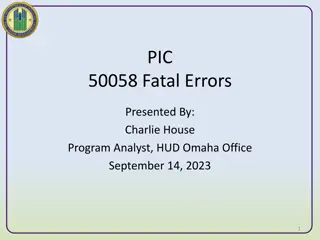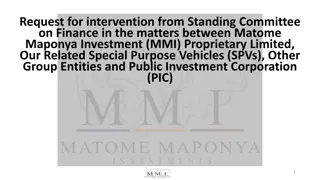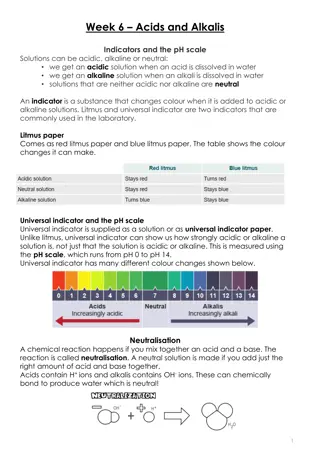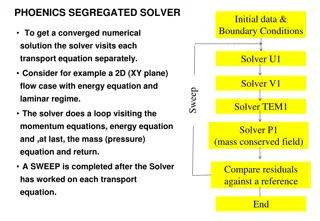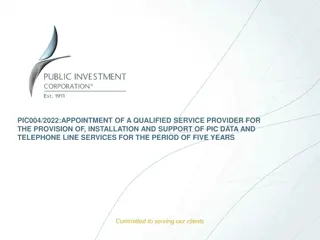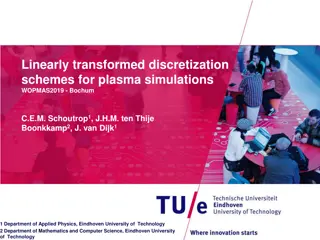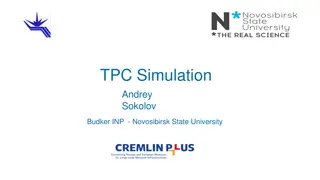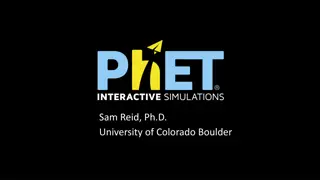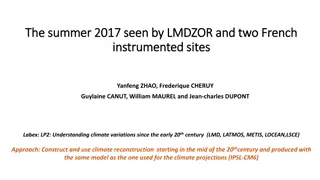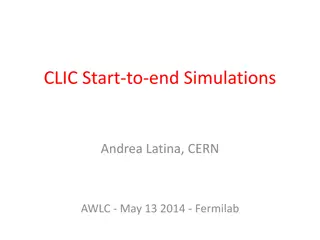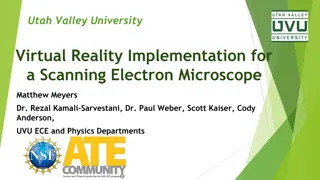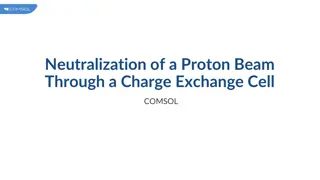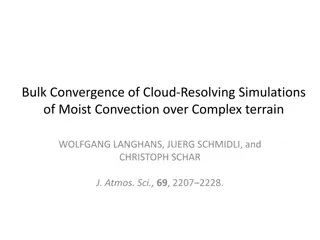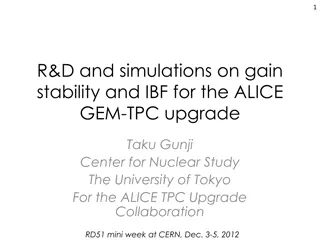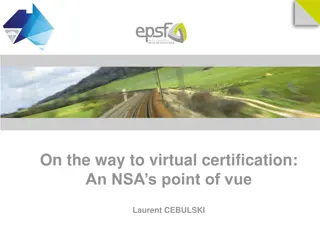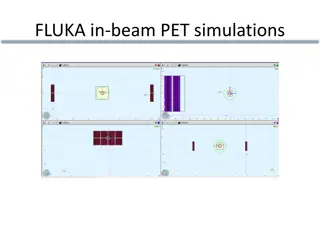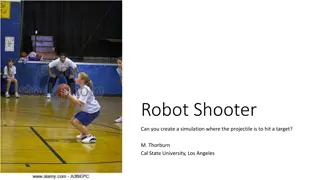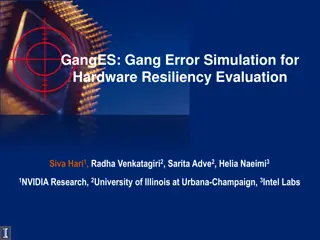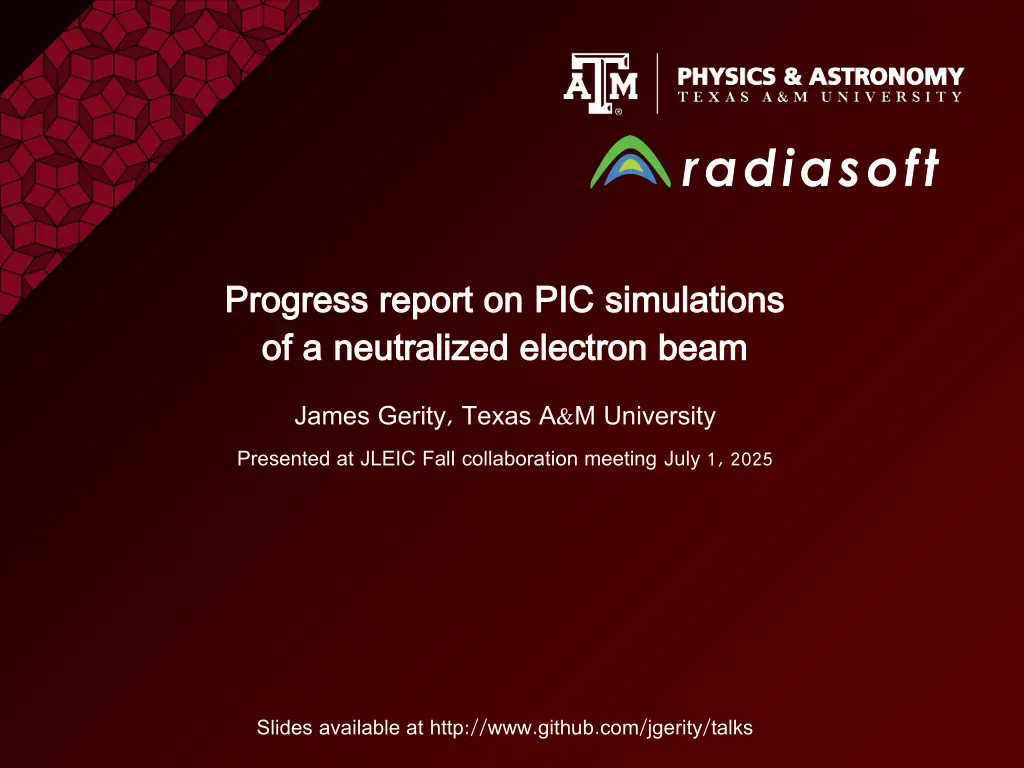
Progress Report on PIC Simulations of a Neutralized Electron Beam
Explore the progress in Particle-In-Cell (PIC) simulations of neutralized electron beams by James Gerity from Texas A&M University. The presentation covers electron cooling, motivation for bunched cooling, proposed cooling and stacking ring, space charge drift limit, Fermilab experiments, PIC simulation methodology, and tools used for the research.
Uploaded on | 0 Views
Download Presentation

Please find below an Image/Link to download the presentation.
The content on the website is provided AS IS for your information and personal use only. It may not be sold, licensed, or shared on other websites without obtaining consent from the author. If you encounter any issues during the download, it is possible that the publisher has removed the file from their server.
You are allowed to download the files provided on this website for personal or commercial use, subject to the condition that they are used lawfully. All files are the property of their respective owners.
The content on the website is provided AS IS for your information and personal use only. It may not be sold, licensed, or shared on other websites without obtaining consent from the author.
E N D
Presentation Transcript
Progress report on PIC simulations Progress report on PIC simulations of a neutralized electron beam of a neutralized electron beam James Gerity, Texas A&M University Presented at JLEIC Fall collaboration meeting July 1, 2025 Slides available at http://www.github.com/jgerity/talks
Electron cooling Coulomb collision with cold electrons drives velocity profiles to equilibrium Effect is enhanced by magnetization Ion beam seen from stationary (lab) frame Ion beam seen from moving frame, with electrons
Motivation Bunched cooling is desirable to control IBS Many challenging R&D tasks are involved! Conventional cooling is part of the baseline Any improvements to cooling would be beneficial RadiaSoft and TAMU collaboration
Cooling + stacking ring Previously proposed: integrate a dedicated ring for cooling + stacking in the existing cryostat layout Cooling ring Common cryostat Collision ring
Space charge drift limit With strong magnetization and high current, ? ? interaction causes beam to twist azimuthally Effective heating cooling limit
Fermilab experiments (neutralization) Initial cooling experiments at Fermilab included ionization of residual gas Magnetized beam at 1 kG Space charge compensation also allowed for low-power collection of electrons
Particle-in-cell (PIC) simulation We have chosen to use the Warp PIC library for this work Python interface allows rapid simulation development, analysis No speed compromise, heavy lifting done in Fortran
Slide courtesy of J.L. Vay from https://people.nscl.msu.edu/~lund/uspas/scs_2016/
Misc. development Tools for working with Warp: Extracting particle data from HDF5 files, converting velocities to angles, etc. Ionization class extension, allowing arbitrary emission energies Diagnostic output of fields/particles according to OpenPMD specification for offline analysis
Simulation parameters 116 keV electron beam, 10 mA 1 meter drift as domain Background H2 gas with realistic ionization cross-section In this work, density chosen to observe compensation reasonably quickly Available on GitHub https://github.com/radiasoft/rscooler/
Further work Scale up current, aiming for ~ Ampere Use of NERSC likely Replicate Fermilab beam properties Electron wind instability Quantify dynamic friction for use in long- term study


